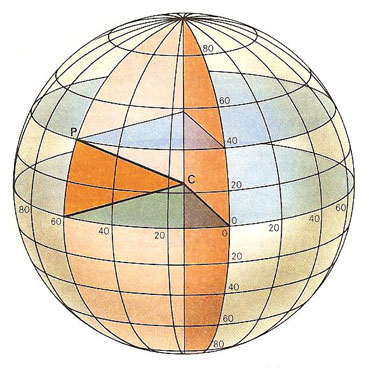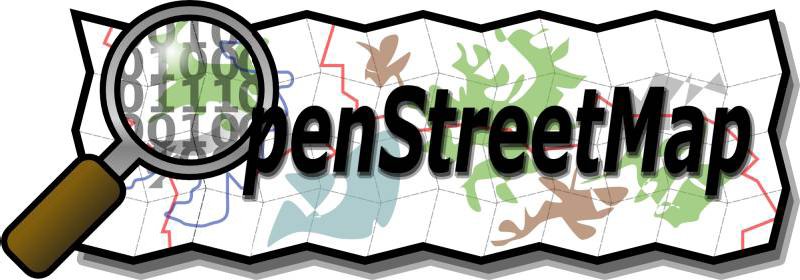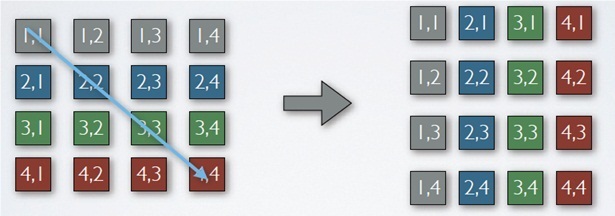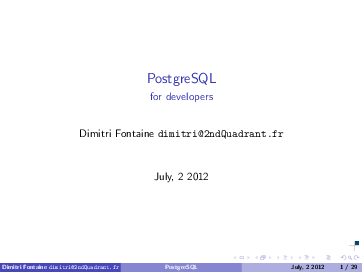In our recent article about The Most Popular Pub Names we did have a look at how to find the pubs nearby, but didn’t compute the distance in between that pub and us. That’s because how to compute a distance given a position on the earth expressed as longitude and latitude is not that easy. Today, we are going to solve that problem nonetheless, thanks to PostgreSQL Extensions.




